Blog Posts Tagged Acoustics Module
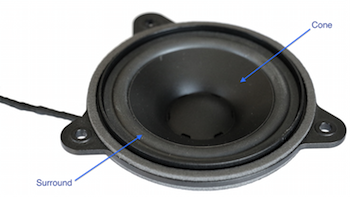
Phase Decomposition Analysis of Loudspeaker Vibrations
A guest blogger from Dynaudio A/S discusses using COMSOL Multiphysics® to perform a phase decomposition analysis of the vibrations in a loudspeaker.
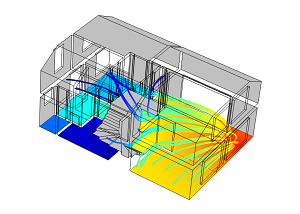
Modeling Room Acoustics with COMSOL Multiphysics
The field of room acoustics aims to study the sound quality of a space in a qualitative way. The Acoustics Module includes features to simulate the acoustics of rooms and other confined spaces.
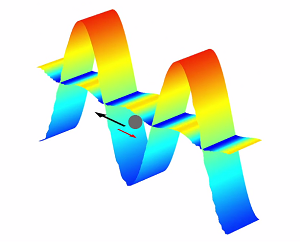
How to Compute the Acoustic Radiation Force
Did you know that objects can actually be moved by sound? This effect is called acoustic radiation, and it is an acoustophoretic phenomenon that can be analyzed in the COMSOL® software.
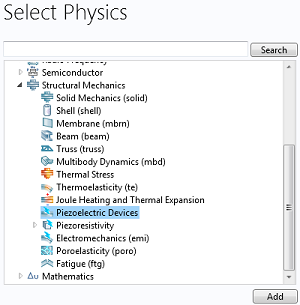
New Piezoelectric Modeling Interface in COMSOL 5.0
As of version 5.0 of COMSOL Multiphysics®, there is a new interface for simulating piezoelectric devices; it has predefined features that make it easy to set up and run a piezoelectric model.
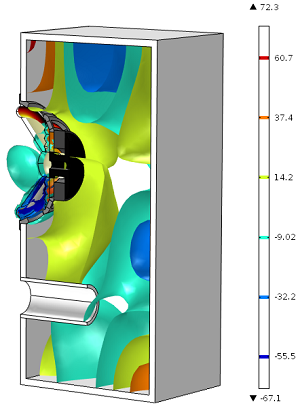
Making Waves with Contour and Isosurface Plots
In this installment of our blog series on postprocessing your simulation results, learn how to use contour and isosurface plots to show quantities on a series of lines or surfaces.
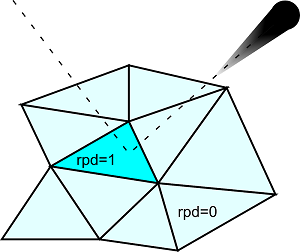
New Accumulators Boost Particle and Ray Tracing Functionality
Accumulators, a series of features available in the Particle Tracing Module, can be used to couple the results of a particle tracing simulation to other physics interfaces.
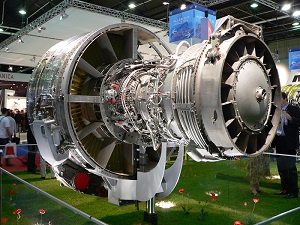
Analyzing Aircraft Engine Noise Through Simulation
By modeling flow duct systems in aircraft engines, it is possible to optimize the shape of certain engine duct parts and the lining properties in order to reduce the sound emission.
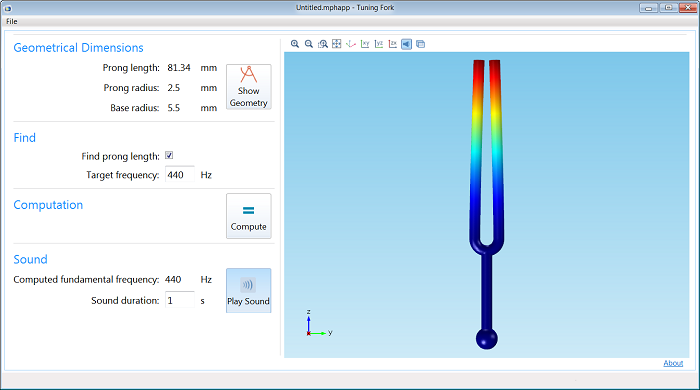
The Tuning Fork Application
Do re mi fa so la ti do! Did you know that the most common standard pitch for a tuning fork is 440 Hz, which forms the note A? See a tuning fork simulation app in action here >>
